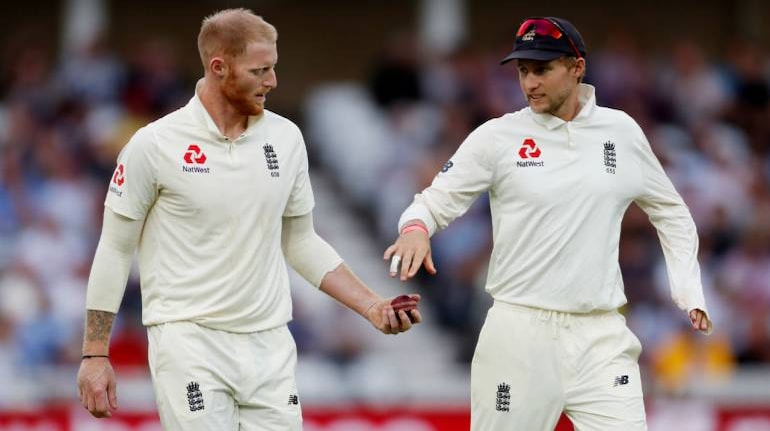



No one expected the day-night Test in Ahmadabad’s newly built Narendra Modi stadium to last the five days but few would have imagined that the third game of the four-match India-England series, which wrapped inside two days with the hosts strolling to victory, would be the shortest since 1935.
While the pitch triggered a huge debate, polarising opinion across the globe, the question that begs an answer ahead of the final Test at the same venue is could England have done something different to counter India’s spin strategy?
“You can argue that better footwork, decisive shot selections and positive intent could have made a difference in the last two matches but I am not convinced with that view because England would have struggled in the first Test as well had they lost the toss,” says former India off-spinner Rajesh Chauhan.
Thirty wickets fell in two days, with England losing all the 10 wickets to spin in the second innings, putting only 81 runs on the board, their lowest score against India.
A weak batting side
The 54-year-old Chauhan, one of the heroes of India’s 3-0 sweep against England in 1993, says the tourists didn’t take the India challenge seriously, even though a place in the World Test Championship final was at stake.
“They were not prepared at all. Look at the players in the squad, especially the batting unit, which is terribly short on experienced campaigners, especially against the turning ball on a spin-friendly surface. And who comes up with the idea of playing four pacers in India?” wonders Chauhan.
But things have since gone south for Joe Root and his men.
‘Bizarre’ rotation policy
“England perhaps came with a fixed mindset of like we will do this and we will do that no matter what is the outcome of any match. It was like driving your car at a fixed speed of 60 kmph. But, when your car has broken down in front of you, you have to change,” says another former India spinner Maninder Singh.
Singh, who finished with 12 wickets in 3 matches and was one of the architects of India’s historic win in England in 1986, says the visitors’ policy of rotating players was nothing short of bizarre.
“They just had pre-decided that they would rest some players for one match and others for the next match. Yes, I do understand that the bio-bubble is not easy for anyone because you need the mental space but England team management should have taken decisions according to their need and changing scenarios and not just going blind by pre-series strategy,” says the 55-year-old.
“Nothing will change in the last Test,” says Chauhan even before the question can be completed. “You can’t change the batting techniques overnight. The best they can do is to take a calculated chance. Something like what Graeme Hick did in Chennai’s first innings in 1993. He had started hitting us and the same method was adopted by (Chris) Lewis in the second innings when he got a hundred by stepping out and hit all of us,” he says.
Former England captain Kevin Pietersen did the same in Mumbai in 2012 by playing a blinder, setting up England’s first Test series win on Indian soil in almost 30 years.
“On a better pitch like the first Test, counter-attack is possible but that kind of counter will not work on pitches like Ahmadabad. You just can’t survive by staying but everybody can’t counterattack. You have to have some technique. However, the most crucial point is if your basic approach is not positive, what else you could have done to prevent such humiliation,” Singh says.
Taking a 1-0 lead against India in India is huge but it doesn’t guarantee a series win as Australia found out in 2017, when they lost the series 2-1.
India becomes more hostile and desperate if they go 0-1 down at home. And South Africa experienced it first- hand in 2015-16 when the unbeaten streak of the world’s best Test team was halted by Virat Kohli and the gang.
In the last 15 years, only England have managed a series win (2012) in India and Kohli is unlikely to play the gracious host this time to split the honours. Going by what played out in Ahemdabad, there is little Root’s team can do to stop Kohli’s unrelenting march at home.
Discover the latest Business News, Sensex, and Nifty updates. Obtain Personal Finance insights, tax queries, and expert opinions on Moneycontrol or download the Moneycontrol App to stay updated!